Generative AI and Copyright
IP and Legal Filings
MAY 13, 2024
These technologies are capable of generating new content, such as text, computer codes, music, photos, videos, and sounds, as a result of human input, like a brief textual explanation of what is wanted. ChatGPT, Gemini, Copilot, and Midjourney are some examples of generative AI tools that are presently in use.

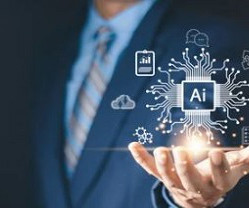
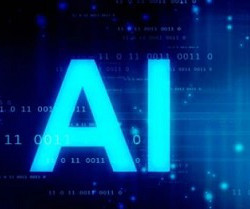
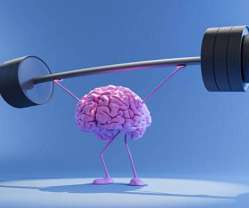
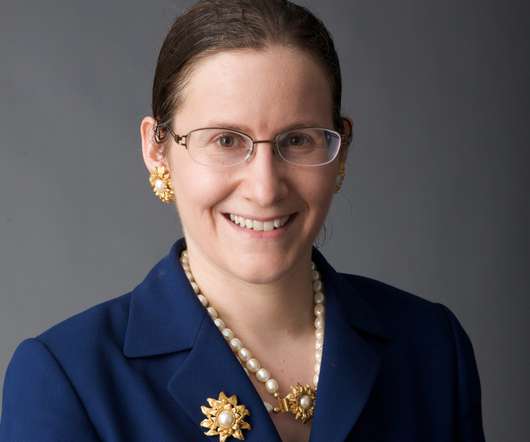
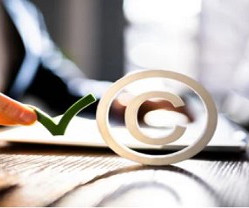






Let's personalize your content